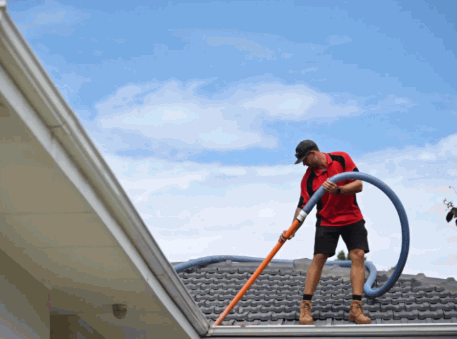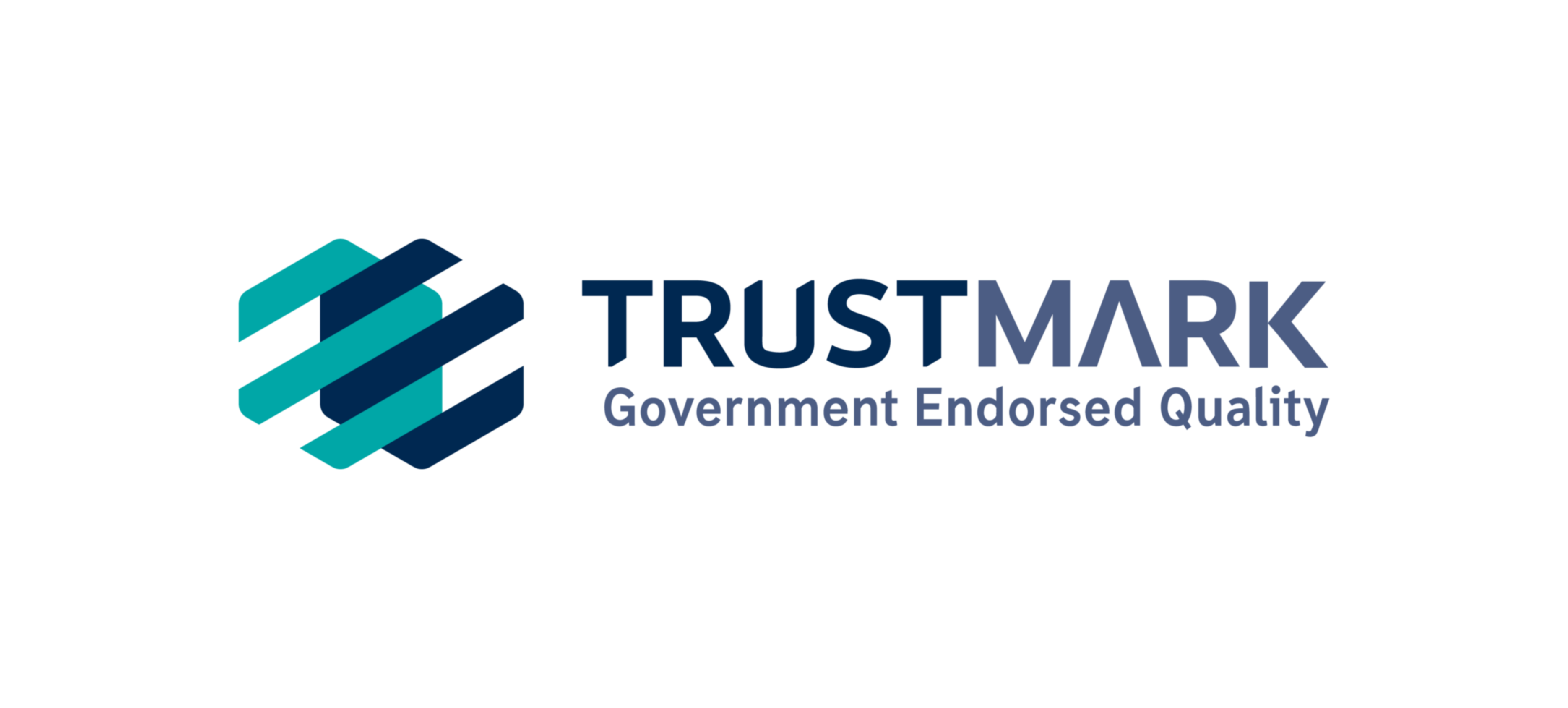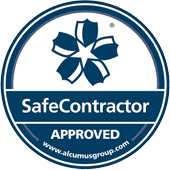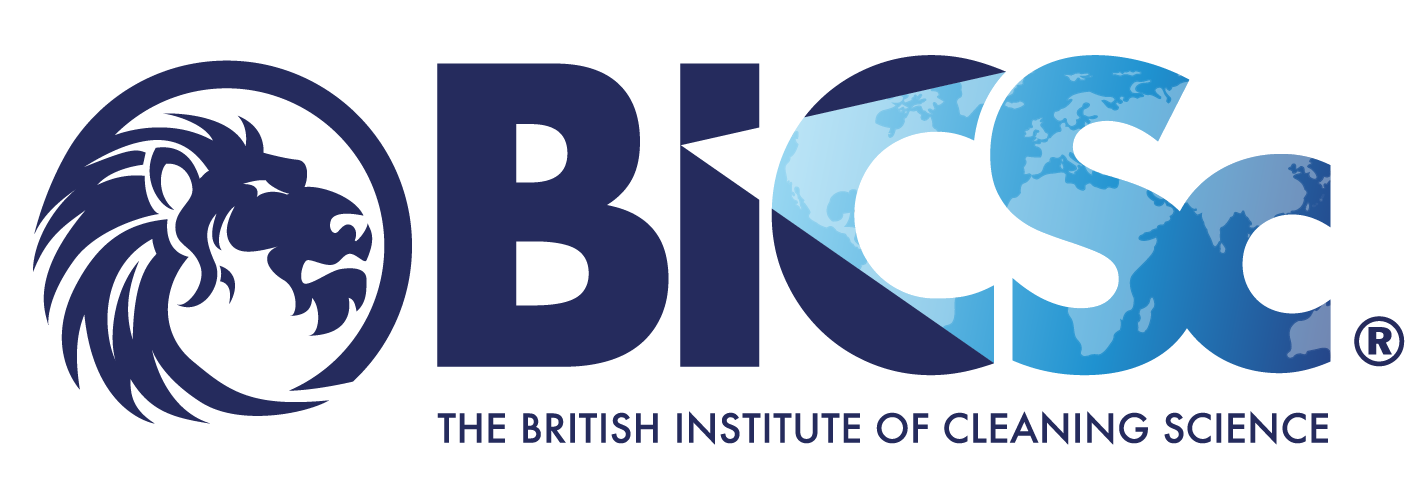
If you've noticed the state of your roof, you're probably among a minority of people in the UK who have ever bothered to look!
Let's face it; very few people think about their roofs. As long as they're still there, keeping us warm, dry and safe from the elements, that's all that matters, right?
That is, until there's a serious problem such as roof tiles being stripped during a gale, water leaking into the loft space, or maybe even a falling tree branch crashing through the tiles. Even then, leaks are often caused by crumbling or cracked tiles, which aren't usually visible from ground level - the first you know about it is when damp patches appear on bedroom ceilings!
Sadly, Some of these problems can't be avoided, but there may be something you can do about others that could save you a lot of trouble and money. And that's where roof cleaning comes in!
In this special Roof Clean Spray Team blog post, we're looking at all the facts to uncover the truth and answer the question, "Is roof cleaning necessary?"
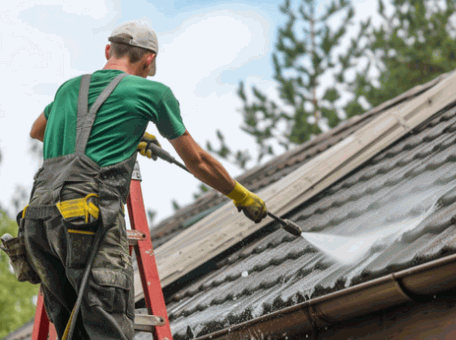
First, we'll look at a typical roof to see what happens to it over the years.
Did you know that the average life expectancy of your roof is between 20 and 30 years? Slate roofs are better, maybe lasting as long as 200 years in some cases, while a concrete tile roof's lifespan comes in at an average of around 60 years.
Even so, it's fair to say that millions of roofs around the UK are technically on borrowed time...
During its life, a roof faces many challenges, mostly from the elements. Strong sunlight, wind, rain, snow and hail all play their part in battering the surface relentlessly. The freeze-thaw effect in winter adds to the problem, as any trapped moisture expands, forcing tiny fissures into bigger cracks.
Have a look at our post "How to clean roof tiles".
Some roofing materials are porous, which makes things worse, as organic growth sends roots down into the roof surface. Moss, lichen and algae growth all absorb water, although moss is the worst culprit, absorbing as much as 10 times its dry weight (and maybe even more, in some cases).
Each raindrop holds a speck of dust (in fact, raindrops can't form without it!) that is deposited on your roof when it rains. Think of the millions of drops that will hit your roof throughout its lifetime! In addition, airborne dust, dirt and pollution are dumped on your tiles by the wind, not to mention the thousands of birds that leave their droppings, or guano.
Bird poop is seriously acidic and will attack the surface of anything it sits on, corroding metal and dissolving stone and other materials.
In the end, the surface of the tiles will begin to crumble and become more porous, speeding up the deterioration process even further.
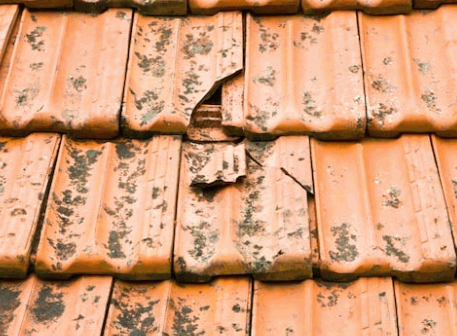
Remember all that heavy, saturated moss? This increases the load on your roof, and while it might not seem much, the reality is very different: wet moss can add an extra 3,000 to almost 7,000kg to your roof.
Over the years, especially on older roofs, this can seriously affect the structural integrity of the entire roof, causing beams and rafters to shift and warp. This becomes even worse in cases where water has leaked through the tiles and rotted the roof timbers, and it's precisely why roofs on abandoned buildings eventually collapse.
So, now you can see why roof cleaning is a sensible idea!
For more details check out our post "Does moss damage roof tiles".

While this might be alarming, please don't panic - it's highly unlikely that your roof will cave in any time soon.
However, the time to take action is now, to prevent any future problems, and that means finding a reputable roof cleaning company.
At this point, it's worth mentioning that some claim that roof cleaning is entirely unnecessary and that it is a waste of time and money. Others go further and claim that it is a complete scam!
It's interesting to note that many of these people work in the roofing industry, fixing roofs or installing new ones. Another interesting fact is that if you extend the lifespan of your roof, it won't need fixing or replacing as frequently.
We'll leave you to draw your own conclusions here...
All we can say on the matter is that our results speak for themselves and our countless satisfied customers would agree with this. Our mission is to ensure that everyone has access to the benefits that roof cleaning offers (you can discover more about these benefits further down the page) and that they are aware of the facts. They can then make up their own minds and not be swayed by those with a personal agenda.
So, back to finding a professional roof cleaning company! Companies like us - the Roof Clean Spray Team - use specialist cleaning equipment and different methods to restore your tile roof to pristine condition.
Here's a quick rundown of some of these cleaning methods:
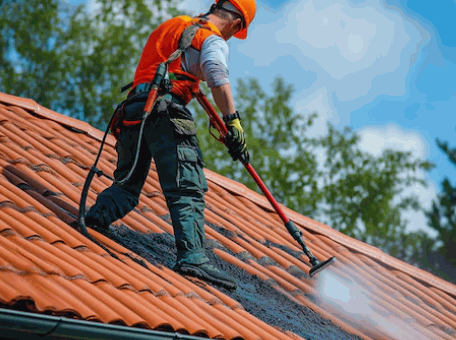
Soft washing is a gentle but powerful method of removing grime and organic matter from your roof. Combining a low-pressure jet of water with a specially formulated cleaning solution, soft washing is ideal for clay, slate or older roofs that need more care.
The cleaning agent breaks down dirt which is then rinsed away gently, leaving the tiles spotless.
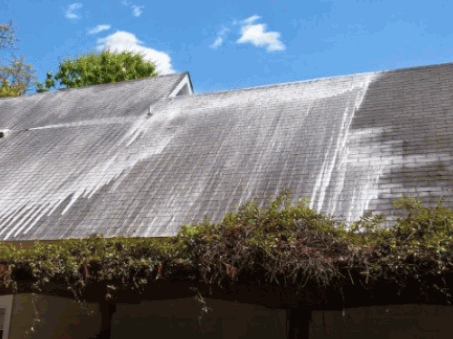
This method is (or should be!) used sparingly and with caution, and only on more robust materials. While it's very effective at blasting away dirt and organic matter, a high-pressure washer can damage delicate roofs. This method can also strip the protective layer off tiles, exposing them to potential damage.
There's also a chance that tiles may be dislodged or - if used at the wrong angle - the water jet may spray between the tiles and into the loft space.

This is a very hands-on method, where moss is removed using special scrapers that won't damage the tiles. It takes longer than other methods because of this, although it's an effective way of getting rid of moss. A biocide treatment is often added afterwards to reduce the chances of future regrowth.
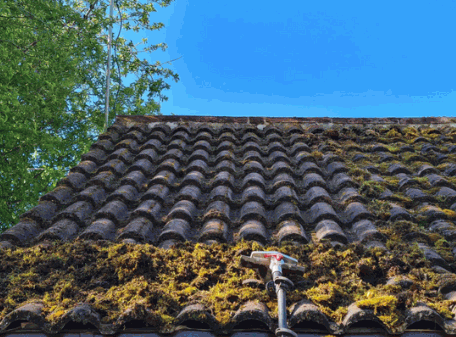
With steam cleaning, high-temperature steam is applied at low pressure to prevent damage to the roofing material. This method is perfect for slate and clay tiles, as well as older roofs on heritage or listed buildings.
As it cleans the surface thoroughly and destroys moss and algae spores without the need for harsh chemicals, it's considered an eco-friendly option.

In some cases, a biocide (such as sodium hypochlorite) is applied to the roof and left to work its magic. This can take a few hours or a couple of days. The residue is then rinsed off, leaving a beautiful clean roof.
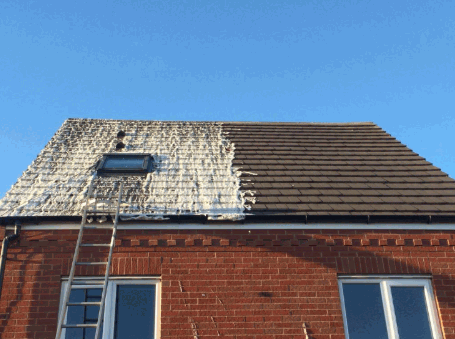
At the Roof Clean Spray Team, we are familiar with all the benefits on offer, as we deal with them on a daily basis.
However, we realise that not everyone is up to speed with these, so let's check some of them out here...
Roofs that accumulate dirt, moss and grime are less energy efficient than a clean roof. This is because the muck traps moisture and absorbs heat from sunlight that affects the roof's thermal performance. Ridge vents and soffits can also become blocked, leading to inadequate airflow in attic and loft spaces, increasing heat build-up and the overall efficiency of the building.
Dirt and organic matter can also lift tiles and shingles, leading to heat loss during the winter months.
A clean roof improves the overall appearance of any property, while a roof covered in lichen, algae and moss and other debris gives an air of neglect.
If you're thinking of selling your home, having your roof cleaned could be the deciding factor in whether someone buys or not. And if you're staying put, it's satisfying to know that your entire property looks great and well-maintained!
We've seen the potential damage caused by moss and other debris, if it's left on your roof long-term.
Giving your roof tiles a good cleaning will massively reduce the risk of damage, meaning that your tile roof will last for much longer! This applies to the entire roof structure, as there is much less of a chance that the roof timbers will be exposed to penetrating damp or rot.
Before cleaning your roof, a reputable company will always carry out a thorough inspection to assess its condition. This lets you know how healthy your roof is and whether you need to get a professional roofing contractor in to sort out any serious issues.
A decent, reputable roof cleaner will also take care of any minor repairs before going ahead, so you have the peace of mind in the knowledge that your roof is clean and in good condition.
Keeping your roof in good nick will reduce the need for repairs, meaning that you save money in the long run. So, while roof cleaning will involve a certain amount of expense, it balances out in the end.
The key here is to use a reputable company that offers fair and reasonable rates (like the fantastic Roof Clean Spray Team!).

Can you clean your own roof?
The question is whether you are physically able and have the right equipment. You also need to be absolutely certain that you can do the job safely and that you use the correct methods. If you get it wrong, you can do more harm than good!
Professional roof cleaners (including our amazing team!) use appropriate measures to ensure safety at all times, including MEWPs (cherry pickers), rope access (abseiling) and even scaffolding, if necessary. Nothing is more important than the health and welfare of the person cleaning your roof, and that includes you.
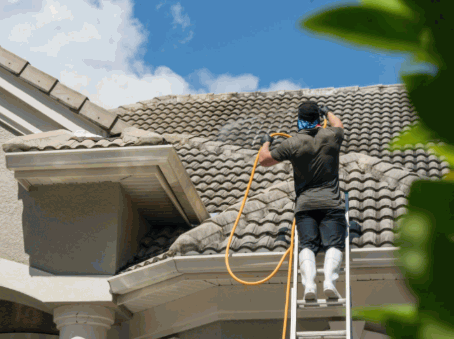
Now we come to the crunch; the cost of roof cleaning.
This is the deciding factor for most people, and it has to be examined when asking is roof cleaning necessary?
The price you pay will depend on several things, including the size and type of roof tiles, the condition of your roof, and the method used.
Because of this, prices can run from as little as £400 to as much as £2,500, although the higher figure would be for steam cleaning and biocide treatment for a very large house!
Again, it's essential to find a reputable roof cleaning company that offers exceptional service for a reasonable price, making it a cost-effective long-term solution.
Get in-depth information in our post "How much does roof cleaning cost".
Once you've examined the evidence, it's pretty clear that regular roof cleaning forms an essential part of home maintenance.
By regular cleaning, we mean that it's a good idea to have your roof cleaned about once a year, although it probably wouldn't do any harm to skip a year now and again. A lot depends on your location and whether there are trees nearby. In coastal and urban settings, roofs tend to become dirty much more quickly, while other areas are less affected.
Damp and shaded roofs attract moss, while some south-facing homes can be almost moss-free.
Ultimately, it's up to you to decide whether you want to take advantage of the benefits.
And when you do, the Roof Clean Spray Team will be happy to help!
